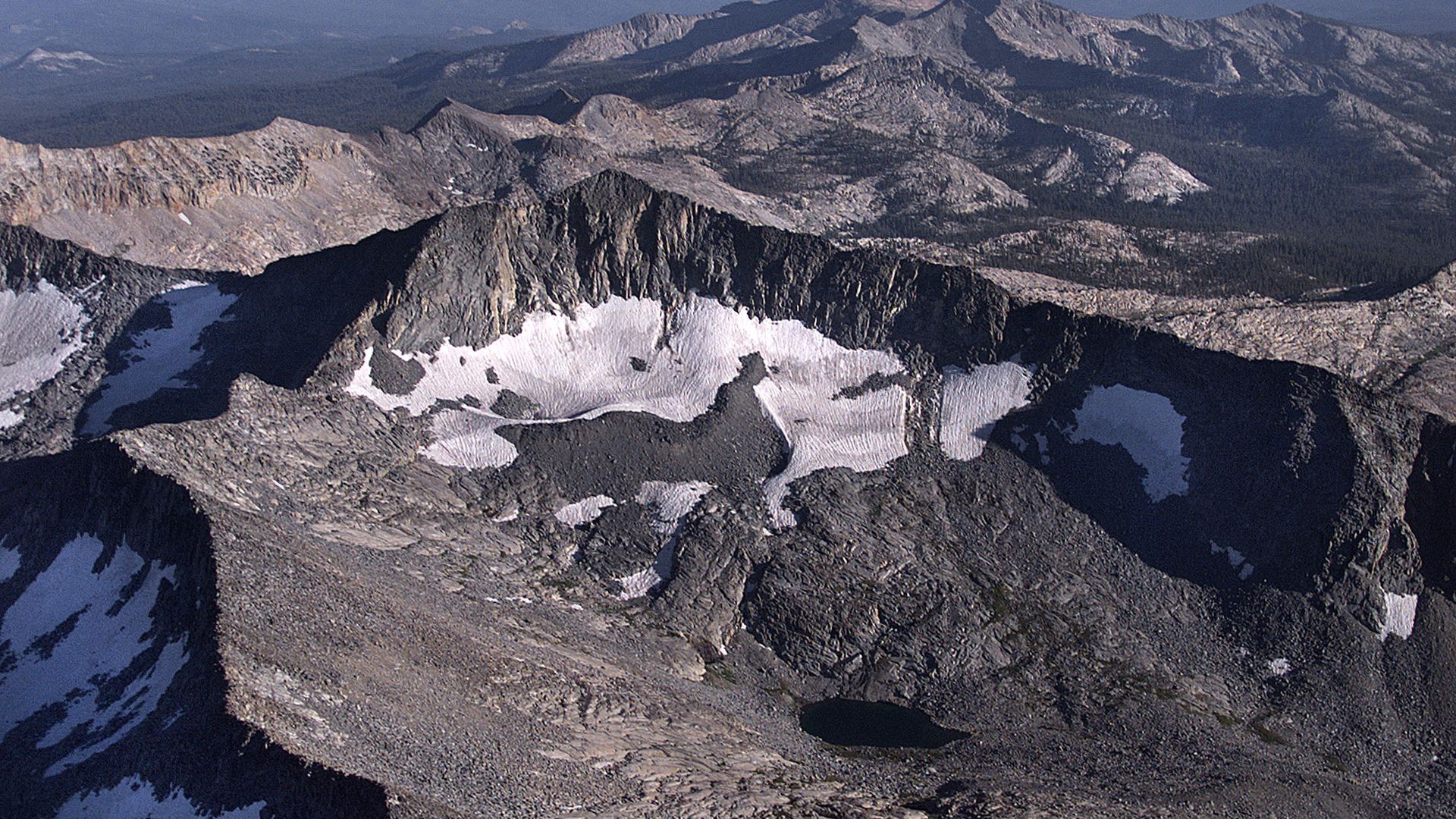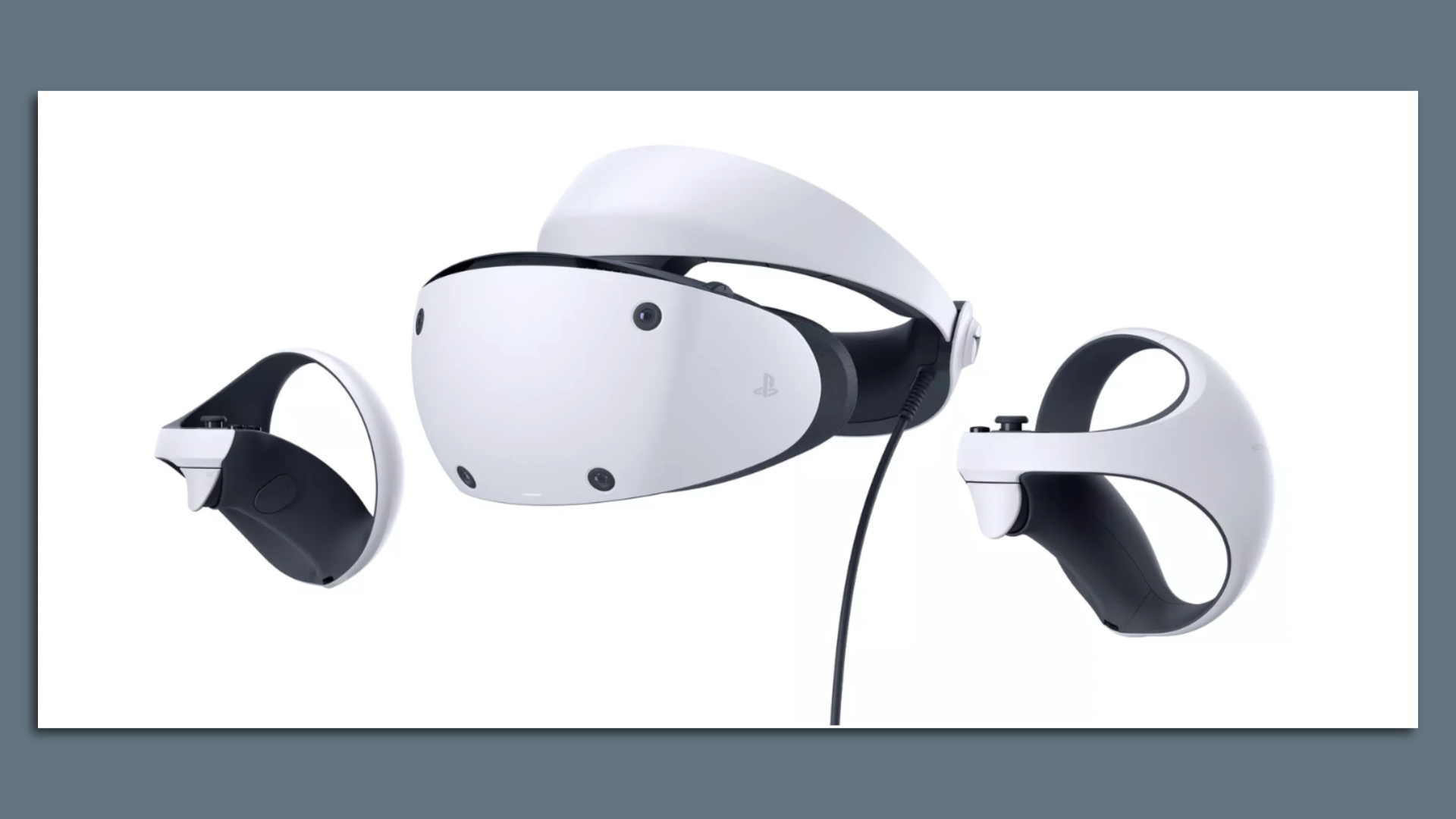| The halcyon day when all our smart home devices talk to one another — and reduce our energy bills — took a giant step forward Thursday with the introduction of Matter, a widely-backed connectivity standard, Jennifer A. Kingson reports. Why it matters: Many consumers are leery of buying Internet-of-Things (IoT) devices such as smart light bulbs, blinds and door locks, fearing they're hard to set up or won't work with one another. - Matter is supposed to make setup a snap — and solve interoperability problems between different manufacturers' products.
Driving the news: In a splashy announcement, the consortium developing Matter said it had formally released version 1.0, and that hundreds of products were being certified — ensuring that we'll start seeing the "Matter" logo on shelves soon. - More than 300 companies are on board so far, including powerful backers such as Amazon, Apple, Google and Samsung, with more signing up by the day.
- 190 products are already Matter-certified (or close).
How it works: Customers will be able to mix and match smart home products from different manufacturers — robotic vacuums, light switches, doorbells, thermostats, appliances, entertainment systems, etc. — and Matter will (ideally) ensure that they all talk to one another. The Matter brand logo — soon to become familiar? 🔌 State of play: On the product side, Amazon — for one — says it'll have "17 different Echo devices, plugs, switches and bulbs with Android setup" working with Matter in December. - Some of those devices have already been released and are being updated with Matter support. Many more new gadgets will follow next year.
- Manufacturers have shown lots of interest in getting their products Matter-certified.
- "We've already had 20 new companies diving in, putting their weight into integrating new devices," said Tobin Richardson, president and CEO of the Connectivity Standards Alliance, which oversaw Matter's development.
What they're saying: With Matter, "smart home devices will feel as fast and reliable as your old light switch, while doing so much more," Richardson added. 💡 Bonus: Matter might be "good news for your energy bill," said Sitao Ma of Schneider Electric, which sells a smart home energy management system. - When all of a household's energy-sucking products talk to one another, "we can monitor" what's happening, "and we can control it and maximize the optimization."
Yes, but: As Axios managing editor for technology Scott Rosenberg put it, "you never know when these standards are going to take off or flop." - Matter's release has been plagued with delays, and its governing organization, formerly known as the Zigbee Alliance, has morphed over time.
- Most consumers haven't caught IoT fever yet: Just 39% of U.S. households own at least one smart home device, per Ben Wood of the tech research firm CCS Insight.
- Ease of use is only one concern — security and privacy are others.
The bottom line: There's a lot of brainpower, money and goodwill pouring into Matter and its tantalizing promise of device interoperability and smarter homes. And that's a promising sign. Share this story. | 










No comments:
Post a Comment